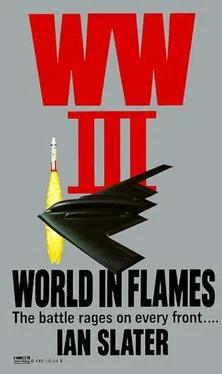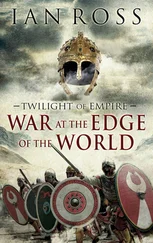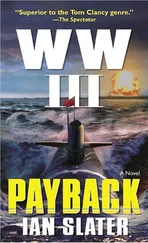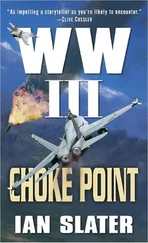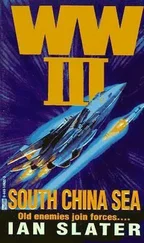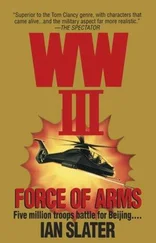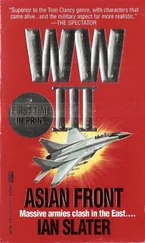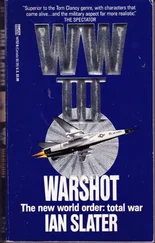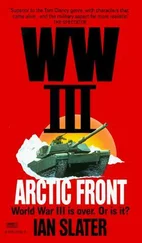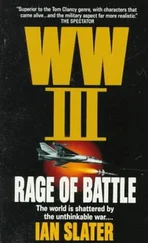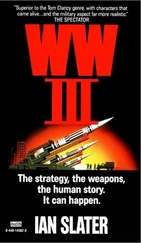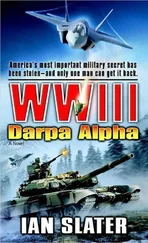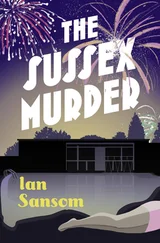For the Sea Wolfs, the distance from the deeps around Spitzbergen to Moscow was farther than from some sub pens on Scotland’s west coast, but Yanov knew, as did all Soviet sub captains, that though Moscow was closer to the Scottish sub pens, the zhostkie —”hard”—strategic targets for Americans— the big sub bases on the Kola Peninsula — were much closer to the Spitzbergen Trench. Still, Yanov and his crew knew there was another reason for the lurking Sea Wolfs. The main incentive for the Americans to head high into the Arctic was not to hide their ballistic missile subs in the protection of deep water but to seek the protection of the ice cap. Of course, it was possible to blast the ice cap first, then send in depth charges and acoustic homing ASW charges, but such tactics were the theoretical dreams of the experts ashore. The reality was that blowing holes in the ice would make such a noise that before the Alfa’s antisubmarine missiles could reach the target, the enemy, alerted by the tremendous explosion of the ice blowing up, would have already begun countermeasures. No, Yanov knew that the only way was to find them as quickly as you could under the ice, and destroy them there.
It took skill and some luck, but Yanov had something else to help him: the benefit of the Soviet Union’s unprecedented developments in submarine warfare. Even the U.S. Navy had admitted that the Soviets’ increasing speed, higher reserve buoyancy, and titanium hull on the Alfa heralded an astonishing advance in Soviet submarine warfare capability. It was even more impressive given the fact that contrary to what many NATO commanders believed, the Soviet Union had not stolen most of her advances from the West but developed them herself. The exception was the spectacular KGB coup in obtaining Western technological breakthroughs in sonar detection and in “quietening” the sub’s prop — an intelligence coup made possible through the secrets sold to the Soviets by the Walker family spy ring in the United States.
Yanov took particular pride in the fact that, compared to the 360-foot-long, 42-foot-wide American Sea Wolfs and the Soviet Union’s tyfuns or “typhoons”—at twenty-five tons, the biggest subs in the world — his Alfa, at twenty-nine hundred tons and only 267 feet long and 31 feet wide, was so sleek, it was like a shark among whales.
Yanov’s Alfa, built in the Sudomekh Shipyard in Leningrad, had already proved herself many times. Yanov glanced at the three red combat efficiency stars mounted above the planesmen in Control. One of the stars, with the black letter “T” printed on its white center, was for torpedo excellence, the second, with “EM” at its center, was for propulsion efficiency, and the third, a red star within the four black lines, testified to superior antisubmarine warfare, awarded to Yanov personally by the Northern Fleet commander.
Most impressive of all, above the three stars was the gold-ringed white circle which contained the blue and white naval ensign of red star, hammer, and sickle. This told anyone who saw it — and they could hardly miss it in Control — that Yanov’s submarine had been acclaimed “Outstanding Ship of the Soviet Navy.” This was the reward for Yanov’s sub having sunk twenty-three NATO merchant vessels, each over fifteen thousand tons, and for the destruction of two NATO nuclear submarines, one a British Trafalgar, the other a French Rubis.
It was an enviable record, but one that Yanov was not satisfied with. What he wanted, what he yearned for — so much that it invaded his dreams — was to sink an American sub, and not just any American sub, but the best they had: a Sea Wolf II. Yanov’s progression from Kapitan to Kontra-Admiral would then be guaranteed.
The war, while bemoaned by so many others, had been a godsend for officers like Yanov — a chance for him to cut out of the herd before he was too old. If you retired from the submarine service as a Kapitan these days, you’d stay a Kapitan forever, as there were over eighty attack submarine captains alone vying for Admirals’ Row.
Yanov ran a check of his “sticks,” including the high-frequency mast, the park lamp DF loop, and the search-and-attack periscopes. The cluster of five sticks atop the Alfa’s streamlined sail was similar to that of the Victor-class nuclear subs, but there any comparison ended. Alfa wasn’t only the world’s fastest attack sub, it was also the deepest-diving, its titanium hull capable of withstanding the enormous ocean pressures to a depth of three thousand feet. In addition, the Alfa’s twenty-one-foot-long, twenty-inch-wide torpedoes, fired from the Alfa’s “covey” of six tubes, mounted forward, could reach forty-five knots, faster than most American subs.
In addition to all this, the Alfa carried two-to-fifteen-kilohertz low-frequency towed sonar arrays and a markedly improved Snoop Tray radar. But technology aside, his Alfa, Yanov knew, had another distinct advantage over the Americans — one that not even Yanov’s colleagues in the other Alfa had. It was the experience of his forty-five man crew. Yanov’s crew had logged more time in Arctic waters than any other attack submarine in the Soviet navy. They were ice-trained, Yanov’s sonar operators having become extraordinarily sensitive to the sounds that emanated from the proximity of unseen but huge subsurface ice, creating the impression that an enemy sub was nearby when in fact it was not. But if you fired at that noise, you gave away your greatest weapon: your silence. And every enemy ship within a hundred kilometers would hear you and come homing in on you.
After lunch, Cheek-Dawson rapped the bare table for attention. “All right, chaps — I’ve got an announcement. Bad news, I’m afraid. Sar’Major’s just received a radio message that the lorries aren’t at Abergavenny. Some cock-up at the regular army motor pool apparently. Always happens when you deal with outsiders. Let this be a lesson. We can only rely on ourselves.”
“You mean we have to walk all the way back to Senny Bridge, sir?” asked a sapper. “That’s fifty-odd mile.”
“Yes,” said Cheek-Dawson.
“Gawd blimey,” muttered one of the cockneys. “That’s diabolical, that is. Bloody diabolical.”
“You still plan on staying with the group?” Thelman ribbed Lewis.
“I know what SAS stands for,” said Lewis. “Special Army Sadists.”
“You told us that before,” said David.
The Australian stood up. “Sir?”
“Yes, Lewis.”
“Lot shorter back over the hill.”
“The Beacons?” a cockney voice shouted. “You’re off your Uncle Ned.”
Cheek-Dawson’s expression was fixed on Lewis. Finally he nodded, then shifted his gaze to the rest of the volunteers. “The member from down under has a point, gentlemen. Tougher going — but half the distance. That right, Sar’Major?”
“Easily, sir.”
“Very well,” announced Cheek-Dawson enthusiastically. “It’s back over the hill, then.”
“Very nice, Aussie,” said the trooper next to him. “Well done. Bucking for sergeant?”
But Cheek-Dawson noted the trooper’s mock derision of Lewis was only that, mock — nothing mean about it. And if it’s one thing the SAS, rated higher by NATO than the U.S. Seals or even the Israeli commandos, had learned during its long and distinguished commando years, it was that, contrary to the public’s Dirty Dozen view of such groups, a convivial sense of humor was essential.
As the men rose, checking their “Bergens,” as they’d already begun calling their SAS rucksacks, Lewis, tightening his straps, suddenly experienced a surge of intuition about where they were going. The rats were the clue, he told Brentwood. “The tropics!”
Читать дальше
